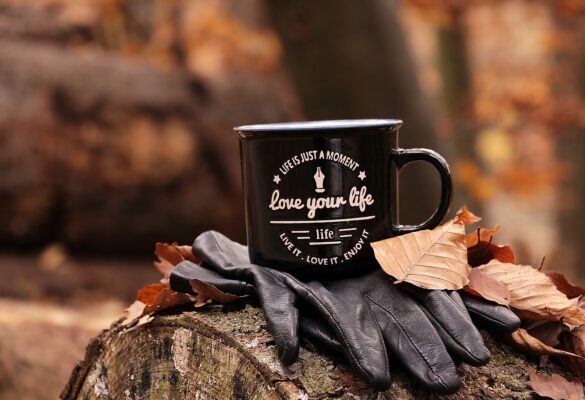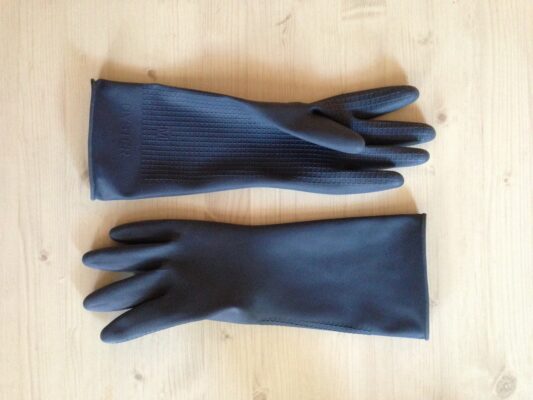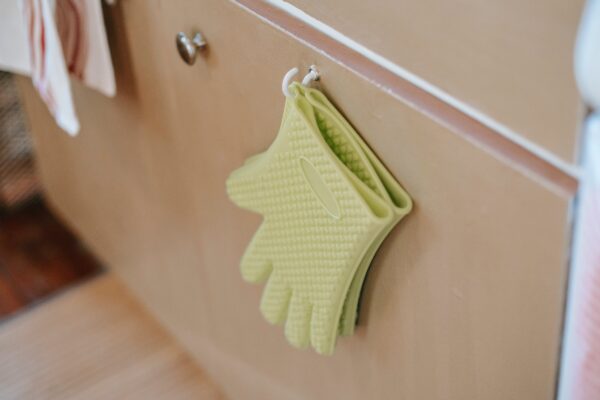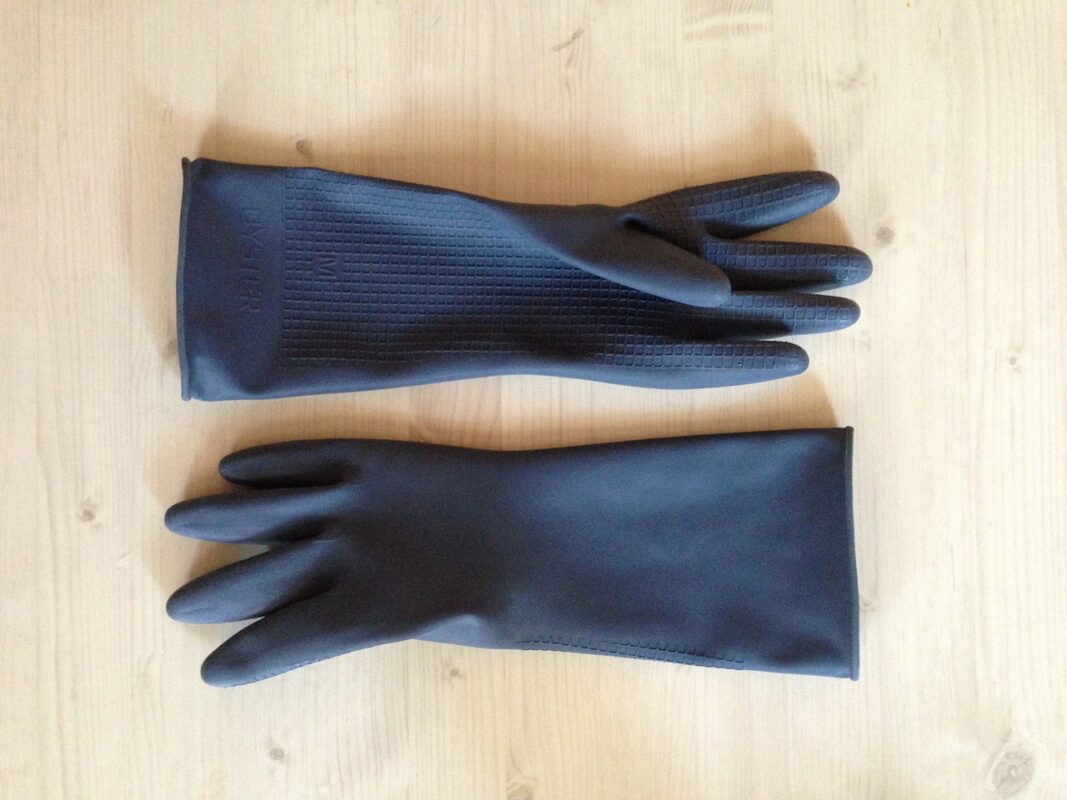Understanding Heat-Resistant Gloves
In the world of safety equipment, heat-resistant gloves are essential for individuals operating in high temperatures. These specialized gloves are crafted to endure direct and ambient heat, protecting the wearer’s hands from burns and discomfort. They’re quintessential for firefighters, glass blowers, and bakers alike, exemplifying their extensive range of use.
The purpose of these quality heat-proof gloves extends beyond just heat resistance. They also shield hands from flash burns, steam, and even hot grease splatter. Ensuring you have the right pair can be absolutely pivotal in a high-temperature work environment. Let’s delve into more about the materials used and the range of heat-resistant gloves available.



The Range and Materials of Heat-Resistant Gloves
Heat-resistant gloves come in a diverse range, each designed to handle a specific level of thermal exposure. Choices range from gloves with medium resistance, suitable for kitchen use for heat protection, to those with extreme heat resistance used by firefighters during rescue operations for their extra protection.
The high-quality materials used in crafting these gloves are what grants them their heat-resistant properties. Aramid fibres, for instance, are one of the most common materials. They are known for as excellent thermal protection against heat, flame, and chemical wear. Additionally, treated leather and silicone are also used, offering a balance between comfort and protection.
Uses of Heat-Resistant Gloves
Welding and Metalwork: Heat-resistant gloves are a must-have for welders and metalworkers. These professionals often deal with intense heat, sparks, and molten metal. Heat-resistant gloves protect their hands from burns and ensure they can work with precision and safety.
Commercial Kitchens: In the bustling kitchen environments of restaurants and catering services, heat-resistant gloves are indispensable. Chefs and kitchen staff rely on them when handling hot plates, pans, and grilling equipment. They provide both heat and steam protection.
Construction and Maintenance: Construction workers and maintenance technicians often encounter hot surfaces and materials. Heat-resistant gloves are excellent protection in handling hot tools, pipes, and machinery without risking burns or injuries.
Firefighting: Firefighters need gloves that can withstand extreme temperatures and provide excellent grip. Heat-resistant gloves protect them from flames and hot objects, allowing them to perform their life-saving duties effectively.



Benefits of Heat-Resistant Gloves
Safety:The primary benefit of heat-resistant gloves is safety. They are designed to withstand high temperatures, providing a protective barrier between the hands and heat sources. This reduces the risk of burns and injuries and gives additional protection to your hands.
Versatility:Heat-resistant gloves come in various styles and materials to suit different applications. Whether you need gloves for welding, cooking, or firefighting, there’s a suitable option available.
Dexterity: Modern heat-resistant gloves are designed to offer a balance between protection and dexterity. They allow users to maintain a good grip on tools and objects, ensuring precision and control.
Durability: Quality heat-resistant gloves are built to last. They can withstand regular use in demanding environments, making them a cost-effective choice for industries that require such protective gear.
Well-Known Brands in Australia
- Ansell: Ansell is a globally recognized brand offering a wide range of industrial safety products, including heat-resistant gloves. They provide innovative solutions for various industries in Australia.
- ProChoice Safety Gear: ProChoice offers an extensive collection of safety gear, and their heat-resistant gloves are highly regarded. They focus on providing protection and comfort.
- Maxisafe: Maxisafe specializes in personal protective equipment, and its heat-resistant gloves are known for their durability and reliability in high-temperature environments.
- Honeywell: Honeywell is a trusted name in the safety industry. They manufacture heat-resistant gloves that are suitable for a wide range of applications, from welding to chemical handling.



Exploring Different Types of Gloves for Various Uses
Gloves are versatile accessories that serve a multitude of purposes, from providing superior protection and safety to adding style and comfort. We will delve into different types of gloves, each designed to meet specific needs and functions.
1. Disposable Gloves:
- Materials: Nitrile, latex, vinyl
- Uses: Disposable gloves are commonly used in medical settings, food service, and laboratory work, disposable gloves offer a hygienic barrier to protect against contaminants and infections.
2. Leather Gloves:
- Materials: Leather (cowhide, goatskin, deerskin)
- Uses: Leather gloves are a classic choice for both style and function. They offer protection against abrasions, and they’re often used in driving, gardening, and construction.
3. Winter Gloves:
- Materials: Insulated fabric, fleece, leather
- Uses: Designed to keep hands warm in cold weather, winter gloves are essential for protecting against frostbite. They are often insulated and waterproof.
4. Work Gloves:
- Materials: Canvas, leather, rubber, and more
- Uses: Work or construction gloves are built for durability and maximum protection. They are ideal for heavy-duty tasks, such as construction, welding, and landscaping.
5. Gardening Gloves:
- Materials: Leather, rubber, fabric
- Uses: Gardening gloves protect against thorns, dirt, and chemicals while offering comfort and dexterity for tasks like planting and weeding.
6. Cut-Resistant Gloves:
- Materials: Kevlar, stainless steel, high-performance fibres
- Uses: These gloves are designed to give ample protection against cuts and punctures. They are commonly used in industrial and kitchen settings.
7. Driving Gloves:
- Materials: Leather, suede
- Uses: Driving gloves offer a better grip on the steering wheel and protect the hands from friction. They’re a stylish choice for car enthusiasts.
8. Medical Gloves:
- Materials: Latex, nitrile, vinyl
- Uses: Medical gloves are crucial in healthcare settings to prevent the spread of infections. Latex and nitrile gloves are commonly used for surgeries and examinations.
9. Heat-Resistant Gloves:
- Materials: Aramid fibres, leather that withstands degrees Celsius.
- Perfect Baking gloves, BBQ Oven gloves, and cooking gloves.
- Uses: Heat-resistant gloves are vital in industrial settings, such as welding and firefighting.
They protect against radiant heat high temperatures and flames. Some examples
10. Boxing Gloves:
- Materials: Leather, foam padding
- Uses: Boxing gloves are essential for combat sports. They protect the hands and the opponent by absorbing impact during training and matches.
11. Fashion Gloves:
- Materials: Various, including silk, cashmere, and suede
- Uses: Fashion gloves are all about style. They can be elegant accessories, often worn in formal settings or for fashion statements.
12. Chemical-Resistant Gloves:
- Materials: Nitrile, neoprene, PVC
- Uses: These gloves are crucial for handling chemicals safely. They provide protection from household chemicals, corrosive substances and toxic materials.
13. Fingerless Gloves:
- Materials: Various, including wool and leather
- Uses: Fingerless gloves leave the fingers exposed, allowing for greater dexterity and touch sensitivity. They’re popular in activities like texting and photography.
14. Cycling Gloves:
- Materials: Synthetic materials, gel padding
- Uses: Designed for cyclists, these gloves offer grip, comfort, and protection during long rides, as well as protection in case of falls.



FAQs About Heat-Resistant Gloves



Understanding and choosing the right pair of heat-resistant gloves is crucial. Considering factors like the intensity of heat exposure, comfort, and materials used can help ensure you are adequately protected. Stay safe, and remember, the right glove can make all the difference!





